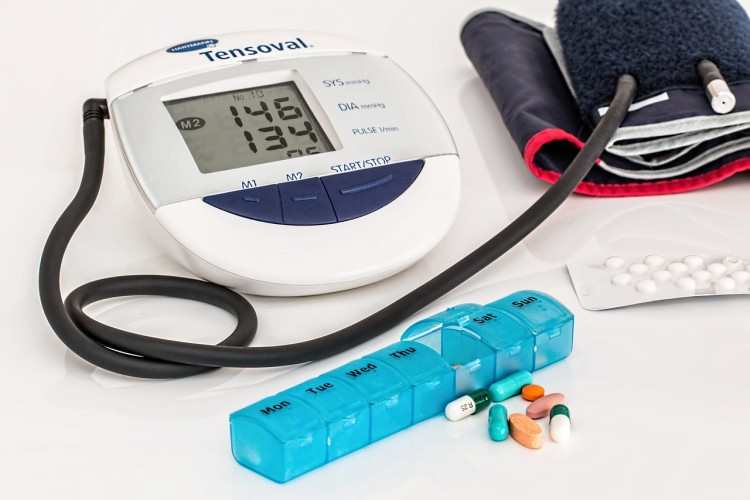
Are you sitting for 10, 12, or even more than that hours a day?
It should be noted that current evidence refers to "prolonged sitting" as total sitting time of more than 6 hours (or) uninterrupted sitting time of 1.5 hours.
Is the mere act of sitting itself sedentary? No. Sedentary behavior is defined as any waking activity that involves sitting, reclining or lying with low energy expenditure (less than or equal to 1.5 METs: metabolic equivalent unit). So count seated activities such as weightlifting, cycling, or rowing OUT.
What are the effects of prolonged sitting?
Research indicates that prolonged sitting life in adults is associated with an increased risk of type 2 diabetes, coronary heart disease and all-cause mortality (cancers and cardiovascular diseases in particular). In a UK study including 360,000 people: after 6 hours of daily sitting, disease starts to spike linearly and risk amplifies with increasing duration.
For children, prolonged sitting is associated with — poor social integration, social isolation, obesity and sleep disorders. Pregnant women are at increased risk of gestational diabetes and perinatal complications, i.e., making childbirth tougher.
Here’s a logical question: If you're physically active — even fulfilling the weekly activity prescription — shouldn't sitting be alright?
Case in point, as mentioned earlier: Sedentary effects act independently on restricted from exercise. The disruption of sitting time has its own benefits which exercise cannot offer.
Because scientists have determined three areas where prolonged sitting affects metabolism, bone mineral density and vascular health.
1. Metabolic disruption: extended sitting puts the body into a low-energy "survival mode" that suppresses fat and glucose metabolism. In due course, this chronic low-energy weakens metabolic ability to directly elevate blood lipids and glucose.
2. Bone Loss: Sitting restricts the bones from bearing weight. Minerals — mainly calcium — are slowly lost from the bone, speeding up osteoporosis even for young people.
3. Vascular stiffening: Dilated blood vessels during long periods of sitting, result in reduced vasodilator factor production. Blood pressure becomes chronically elevated once vasoconstriction takes over.
The Lifespan View: By making yourself sit long periods of time, you are aging your body into dysfunction earlier. Living a sedentary life is seen by the body as aging, thereby accelerating the actual process.
LATEST POSTS
- 1
 Postural problems affect the organs and when is the best time for postural management?
Postural problems affect the organs and when is the best time for postural management? - 2
 Electric Toothbrushes: 5 Key Benefits You Should Know
Electric Toothbrushes: 5 Key Benefits You Should Know - 3
 "The Water Dripping Through Stone" Principle: Incorporating Exercise into Your Lifestyle
"The Water Dripping Through Stone" Principle: Incorporating Exercise into Your Lifestyle - 4
 The Importance of Correct Calcium Supplementation
The Importance of Correct Calcium Supplementation - 5
 Three basic training methods for addressing postural issues: adjusting posture, correcting gait, and combating prolonged sitting
Three basic training methods for addressing postural issues: adjusting posture, correcting gait, and combating prolonged sitting
 The most essential way to correct any poor posture is simply strength training
The most essential way to correct any poor posture is simply strength training Purpose Decides Your Results: Selecting the Appropriate Exercise
Purpose Decides Your Results: Selecting the Appropriate Exercise The Science of Toothpaste: How to Choose the Right Toothpaste for Oral Health
The Science of Toothpaste: How to Choose the Right Toothpaste for Oral Health How much impact can small actions have? Health is all about action, so take action now!
How much impact can small actions have? Health is all about action, so take action now! How to Prepare for Viral Infections?
How to Prepare for Viral Infections? Electronics and Blue Light Protection, Headphone-Induced Hearing Damage: Assessing the Health Impact of Electronics
Electronics and Blue Light Protection, Headphone-Induced Hearing Damage: Assessing the Health Impact of Electronics Gastrointestinal discomfort is related to stress: it's all the gut microbiota to blame!
Gastrointestinal discomfort is related to stress: it's all the gut microbiota to blame! Reducing Risks Associated with Extended Sitting
Reducing Risks Associated with Extended Sitting Skincare Basics: The Skin Barrier
Skincare Basics: The Skin Barrier













